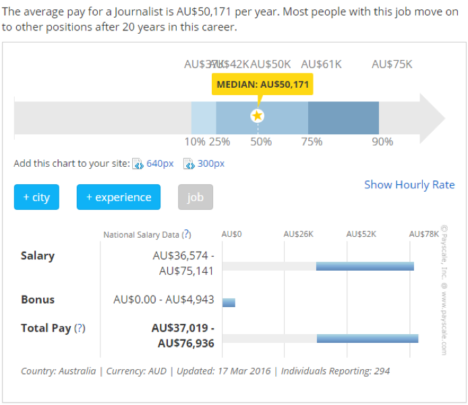Why content marketing should be the next move in your journalism career
The publishing industry’s woes are well documented but your storytelling skills are still in high demand, says former journo turned strategist, Brian Corrigan.
Some people will tell you there’s never been a worse time to be a journalist. Building a case to support these claims isn’t difficult with newsrooms shrinking and publishers struggling to reinvent their business models for a digital world.
When I moved from IDG to Fairfax in 2008 we had seven full-time journalists covering technology for The Australian Financial Review. We were filing stories for the newspaper, a monthly magazine and a couple of websites. By the time I left four years later there were only three journalists, the magazine was dead and we’d also shut one of the websites down.
It’s only gotten worse since then. It seems we’re never far away from a fresh round of job cuts at Fairfax, News Limited or the ABC. While these high-profile publishers make the headlines, the impact of shrinking ad dollars is being felt across the industry. Most of the journalism jobs that are available pay poorly.



The most encouraging industry outlook I’ve read for a while. I recently forked out significant coin for a postgrad journalism qualification and now question that outlay as I watch the legacy press fade away. Here’s hoping Mr Corrigan’s analysis is on the money (pardon the metaphor) and I can recoup my investment.
How many times will Mumbrella (and others) let content marketers content market themselves by saying the same thing over and over again? Marketers need to realise that content marketing isn’t about a product-focused hard-sell, you say? Storytelling, you say? Wow! Tell me more!
A great read. Any suitably qualified candidates who might be interested in content marketing should head on over to the Mumbrella Jobs page: https://mumbrella.com.au/jobs/content-producer-copywriter-2
I was editor of women’s lifestyle mag’s for ten years and when I left to join the digital world in 2013, I unwillingly ended up writing a lot of branded content (and editorial) for a women’s lifestyle website. Initially, I didn’t enjoy it. But then I thrived on the challenge to write engaging stories reader’s wanted to read, while delivering the client’s message. There certainly is a high demand for branded content writers out there! I’ve been freelancing – writing both branded content and editorial – since March and it’s awesome. I can write branded content and freelance to pay the bills, and satisfy my editorial storytelling on my own blog. My advice to journo’s? Get skilled-up in branded content if you want a long-term income.